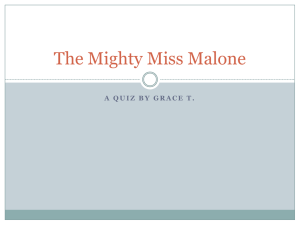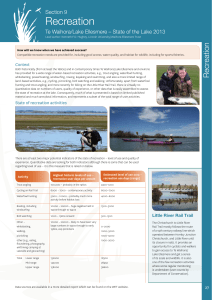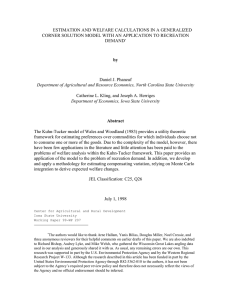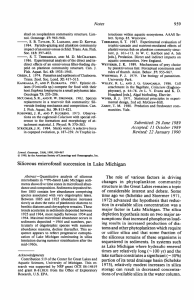Article #: 50
advertisement
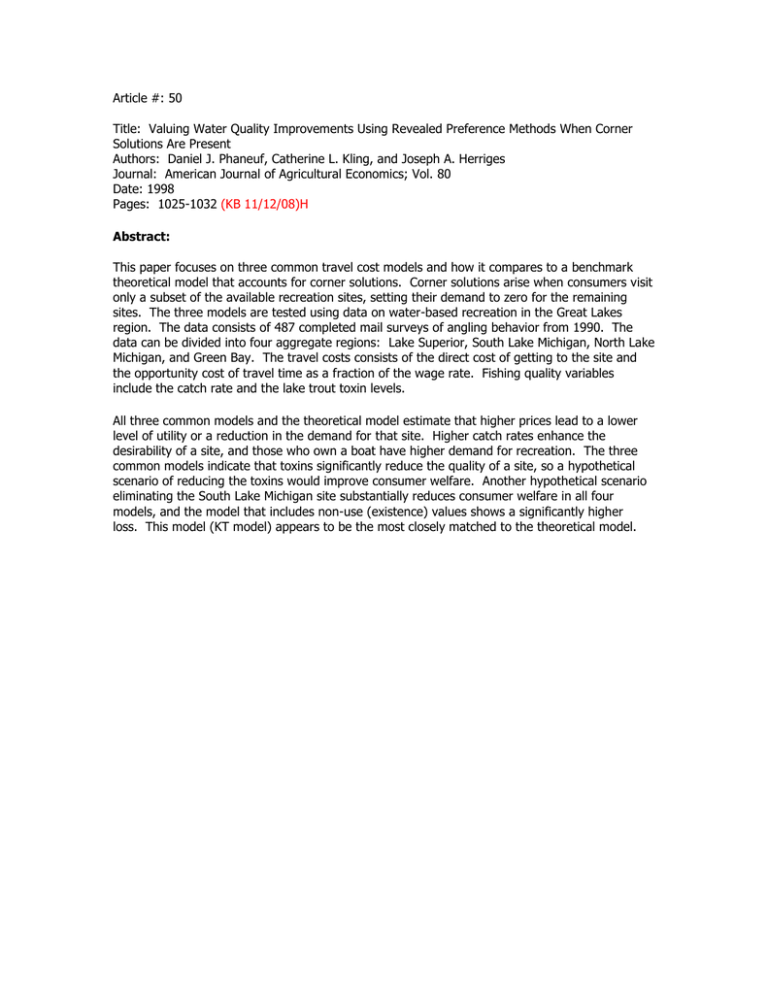
Article #: 50 Title: Valuing Water Quality Improvements Using Revealed Preference Methods When Corner Solutions Are Present Authors: Daniel J. Phaneuf, Catherine L. Kling, and Joseph A. Herriges Journal: American Journal of Agricultural Economics; Vol. 80 Date: 1998 Pages: 1025-1032 (KB 11/12/08)H Abstract: This paper focuses on three common travel cost models and how it compares to a benchmark theoretical model that accounts for corner solutions. Corner solutions arise when consumers visit only a subset of the available recreation sites, setting their demand to zero for the remaining sites. The three models are tested using data on water-based recreation in the Great Lakes region. The data consists of 487 completed mail surveys of angling behavior from 1990. The data can be divided into four aggregate regions: Lake Superior, South Lake Michigan, North Lake Michigan, and Green Bay. The travel costs consists of the direct cost of getting to the site and the opportunity cost of travel time as a fraction of the wage rate. Fishing quality variables include the catch rate and the lake trout toxin levels. All three common models and the theoretical model estimate that higher prices lead to a lower level of utility or a reduction in the demand for that site. Higher catch rates enhance the desirability of a site, and those who own a boat have higher demand for recreation. The three common models indicate that toxins significantly reduce the quality of a site, so a hypothetical scenario of reducing the toxins would improve consumer welfare. Another hypothetical scenario eliminating the South Lake Michigan site substantially reduces consumer welfare in all four models, and the model that includes non-use (existence) values shows a significantly higher loss. This model (KT model) appears to be the most closely matched to the theoretical model.





